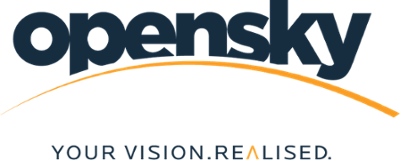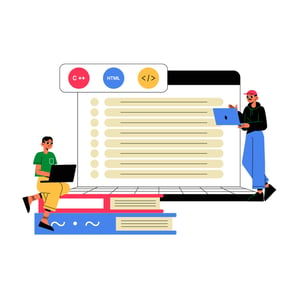

Charting a Clear Pathway Through Healthcare Process Complexity.
Healthcare Excellence Through Automated Data & Workflows.
Revolutionise Healthcare Business FunctionsThe Cost of Inaction...
- Hours upon hours lost to data administration.
- Prolonged decision making timelines.
- Compromised quality of patient care.
- Rising staff turnover.
- Looming risks to data security.
Recruitment Administration Eliminated Through Process Automation in Ireland Hospital Groups

RCSI Hospital Group saves 3 days every week, by automating the application and approval process for 120+ weekly posts within 7 hospital sites.
The Post Application Control System (PACS) has successfully increased productivity throughout the GECC post approval process, by reducing the processing times of managing posts while applying standardisation to processes managed by the HR team in the group, clinical sites & the HSE GECC team
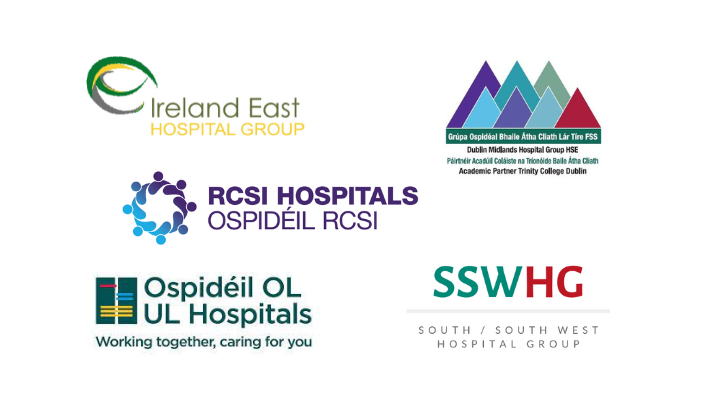
PACS (Post Application Control System) is a unique, custom-built, cloud-based central database and portal, that provides functionality to submit, edit, update & approve post applications, while providing traceability of all application data and related communications made by users in clinical sites and hospital groups.
Since it's pilot implementation in RCSI Hospital Group, PACS has been successfully implemented in 5 of Ireland's 7 hospital groups, saving hundreds of HR resource hours every month.
Deep Dive: How Automation Works in Healthcare Business Functions
Every function within the healthcare sector, from HR to Operations, faces unique challenges that can significantly impact patient care and operational efficiency. Let’s delve into a snapshot of some of the problems and see how Low-Code Automation can address them.
Human Resources
1. Recruitment & Onboarding: Manual application sorting and onboarding can be tedious.
Solution: Automate applicant tracking, interview scheduling, and swift onboarding processes.
2. Staff Scheduling: Ensuring optimal staff rotation and managing leaves is a balancing act.
Solution: Automated schedule creation and leave requests approval ensure seamless staffing.
3. Training & Development: Tracking who requires what training can be overwhelming.
Solution: Maintain automated training logs and schedules for continuous staff development.
4. Performance Reviews: Manual review collations can be time-consuming.
Solution: Digitalised performance metrics and feedback for streamlined reviews.
5. Employee Queries & Grievances: Addressing these manually can lead to delays.
Solution: An automated ticketing system ensures timely resolution.


Clinical Nurse Management
1. Patient Record Management: Manual records can be hard to update and access.
Solution: A unified digital dashboard for real-time patient data access.
2. Staff-Patient Allocation: Balancing workload is pivotal for care.
Solution: Automated optimal staff allocation based on patient needs.
3. Resource Inventory: Tracking medicines, equipment, and supplies manually is daunting.
Solution: Real-time inventory tracking and automated reorder alerts.
4. Communication with Doctors: Seamless coordination is essential.
Solution: Digital communication channels integrated with patient data.
5. Training & Skills Update: Keeping up with medical advancements is vital.
Solution: Automated training schedules and updates for nurses.
Finance
1. Invoice Processing: Manually sorting through invoices can introduce errors.
Solution: Automated invoice matching, approval, and payment processes.
2. Budgeting & Forecasting: Manual projections can lack accuracy.
Solution: Real-time data-driven forecasting for precise budget allocations.
3. Financial Compliance & Reporting: Ensuring up-to-date compliance is challenging.
Solution: Automated compliance checks and timely report generation.
4. Expense Management: Tracking departmental expenses is crucial.
Solution: Digital expense logs with automated approvals ensure transparency.
5. Asset Management: Manually tracking assets can be unreliable.
Solution: Digital asset lifecycle management with real-time tracking.


Operations
1. Room & Facility Allocation: Ensuring optimal space utilisation manually can lead to issues.
Solution: Automated room booking, allocation, and maintenance scheduling.
2. Equipment Maintenance: Manual tracking can lead to sudden breakdowns.
Solution: Scheduled maintenance alerts and digital logs.
3. Operational Compliance: Meeting standards is non-negotiable.
Solution: Automated compliance checks and regular updates.
4. Waste Management: Efficient disposal is environmentally and ethically crucial.
Solution: Automated waste tracking and disposal schedules.
5. Supply Chain Management: Ensuring uninterrupted supplies manually is challenging.
Solution: Real-time supply chain tracking and automated procurement.
Processes & Data in Healthcare
As a Head of Department in the intricate realm of Healthcare, as you're faced with the dual challenge of delivering top-tier results while managing intricate administrative processes, the seamless flow of data is crucial. While MS Excel has its merits for individual analyses, its application to vast, interconnected healthcare datasets can become unwieldy and error-prone. There's the constant challenge of ensuring data integrity, maintaining up-to-date versions of spreadsheets, and safeguarding against accidental data modifications or losses.

Introducing Low Code Automation in Healthcare
This is where Low-Code Automation shines brightly for the healthcare sector. Designed for integration and scalability, low-code platforms merge fragmented data sources, eliminating the dependency on isolated Excel sheets. Instead of manually entering patient records or cross-referencing spreadsheets for patient history, low-code solutions offer centralised databases ensuring consistent, timely, and error-free information access. These platforms are also equipped with stringent data validation tools tailored for healthcare standards, enhancing data accuracy and patient safety.
Features of Low-Code Automation for Healthcare
Integration Capabilities
Healthcare systems often comprise a patchwork of different software platforms, from patient records to billing systems. Low-code's ability to seamlessly integrate with existing IT infrastructure ensures that data can flow between systems without manual intervention, reducing the chance of errors..Data Security and Compliance
Given the sensitive nature of medical data, it's paramount that any automation solution adheres to regulations like GDPR or HIPAA. Low-code platforms with built-in security measures, user authentication, data encryption, and role-based access control can provide assurance in this regard.Workflow Automation
Healthcare processes, from patient intake to discharge and billing, involve numerous steps. Automating these workflows can reduce wait times, minimize administrative burdens, and enhance patient care.Cross Platform Compatibility
With healthcare professionals often on the move, applications that work seamlessly across tablets, smartphones, and desktops can provide accessibility, ensuring that patient records or crucial data are available at the point of care.Reporting and Analytics
Given the increasing importance of data-driven decision-making in healthcare, integrated analytics tools are invaluable. They can provide insights into patient outcomes, treatment efficacy, resource allocation, and more, assisting in continuous improvement and quality care.User Role Management
In a healthcare setting, there's a clear delineation of roles - from doctors and nurses to administrative staff and specialists. The ability to assign specific roles and permissions ensures that only authorized individuals can access or alter patient data, preserving integrity and privacy.Data Validation
Ensuring accurate data entry is crucial in healthcare to avoid misdiagnoses, wrong treatments, or billing errors. Low-code platforms can enforce validation checks, making sure that data is correctly inputted and adheres to specified formats.Automated Testing
Given the critical nature of healthcare applications, any malfunction can have serious repercussions. Integrated testing tools that allow for automated checks ensure that applications function as intended without glitches.Frequently Asked Questions About Low-Code Automation in Healthcare...
- What are the long-term costs and return on investment?
- Our solutions provide more than just immediate operational efficiency; they're an investment in your department's future. The long-term savings from reduced manual work, increased accuracy, and improved patient care can be significant. While there are costs associated with maintaining and updating the solution, the tangible (and intangible) returns, such as enhanced staff satisfaction and patient trust, present a compelling ROI case.
- How customisable is a low-code solution?
- Every department has its quirks and unique challenges. Recognising this, the low-code solutions we implement, are designed for high flexibility. It’s akin to molding clay; we shape the solution around your specific workflows, data sources, and departmental objectives. This ensures that the solution feels less like an off-the-shelf product and more like a tailored suit, fitting your department's needs perfectly.
- Every department has its quirks and unique challenges. Recognising this, the low-code solutions we implement, are designed for high flexibility. It’s akin to molding clay; we shape the solution around your specific workflows, data sources, and departmental objectives. This ensures that the solution feels less like an off-the-shelf product and more like a tailored suit, fitting your department's needs perfectly.
- Can low-code automation integrate with our existing tools & software?
- Seamless integration is one of our hallmarks. We understand the HSE's reliance on tools like Lotus Notes, Excel, and Email. Our system has been crafted to dovetail with these tools, ensuring that there's no data siloing. Everything flows into a unified, easily accessible system, making data management a breeze.
- Can low-code automation ensure compliance with industry-specific regulations?
- Regulatory compliance isn't just a box we tick; it's woven into the fabric of our solutions. Drawing on our extensive work with the HSE and governmental bodies, we build low-code solutions that are not only aligned with today's regulatory landscape but are also adaptable to future changes. We ensure that data handling, patient confidentiality, and all other regulatory concerns are robustly addressed.
- How will automation enhance security and data privacy?
- In an age of growing cyber threats, particularly in healthcare, our commitment to security is unwavering. OpenSky incorporate state-of-the-art security measures. Built upon our extensive experience with sensitive governmental projects, we ensure your data remains uncompromised, with advanced encryption, strict access controls, and continuous monitoring.
- In an age of growing cyber threats, particularly in healthcare, our commitment to security is unwavering. OpenSky incorporate state-of-the-art security measures. Built upon our extensive experience with sensitive governmental projects, we ensure your data remains uncompromised, with advanced encryption, strict access controls, and continuous monitoring.
- What is the implementation process like?
- In-Depth Consultation:
Before a single line of code is integrated or a single process is altered, OpenSky believes in understanding your department's unique landscape. This consultation phase is a holistic and collaborative endeavor.
1. Needs Assessment: We begin by listening. By meeting with key stakeholders from your department, we gather insights into your specific challenges, goals, and the current workflows you employ.
2. Technical Review: Alongside the needs assessment, our technical experts take a closer look at your existing IT infrastructure. This ensures that the solution we design is compatible with your current systems and considers any legacy software or specialized tools you might be using.
3. Recommendation & Pricing: Post consultation, we present a strategic blueprint that outlines the proposed automation solution, tailoring it to your department's needs. This blueprint will also highlight areas where automation can bring immediate efficiency gains, and suggest a roadmap for phased implementation. - Implementation:
Change, especially in a sensitive environment like healthcare, needs to be managed carefully. This is why we often advocate a phased integration approach.
Initially, we might start with a smaller pilot, implementing the solution in one part of your department or for one specific process. This allows us to gather real-time feedback, make necessary adjustments, and ensure everything runs smoothly.
Based on feedback and learnings from the pilot, we then move to broader implementation, deploying the solution across more areas or processes. This iterative approach allows for fine-tuning, ensuring the system is optimised at each stage.
Throughout the integration phases, regular check-ins and feedback sessions are conducted. This iterative feedback ensures that any concerns or challenges are promptly addressed. - Ongoing Support:
Implementation is just the beginning of our relationship.
1. Training: Post-integration, we provide extensive training sessions, ensuring your team is confident and adept at using the new tools. These sessions are tailored, considering varying levels of tech proficiency within your staff
2. Dedicated Support: Our commitment doesn’t end with deployment. We offer continuous support, ensuring any queries, concerns, or technical issues are promptly addressed. Whether it's a simple question or a need for system enhancements, our team is just a call away.
3. Updates and Upgrades: As the technological landscape evolves and as the needs of your department change, we’re there to ensure that the automated solution remains contemporary and continues to serve you efficiently.
- In-Depth Consultation:
The Need for Efficiencies in Healthcare
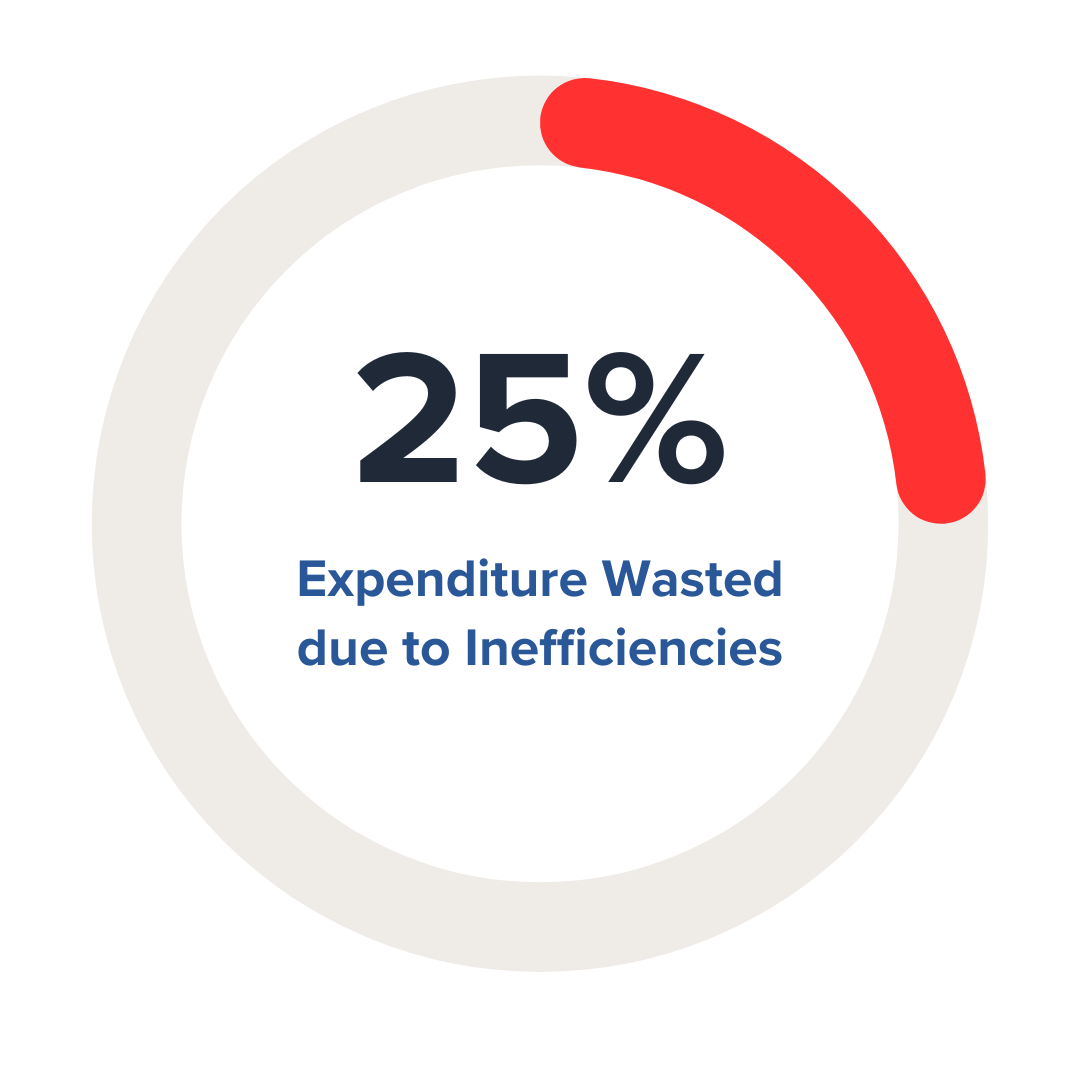
25% of healthcare expenditure is wasted due to inefficiencies.
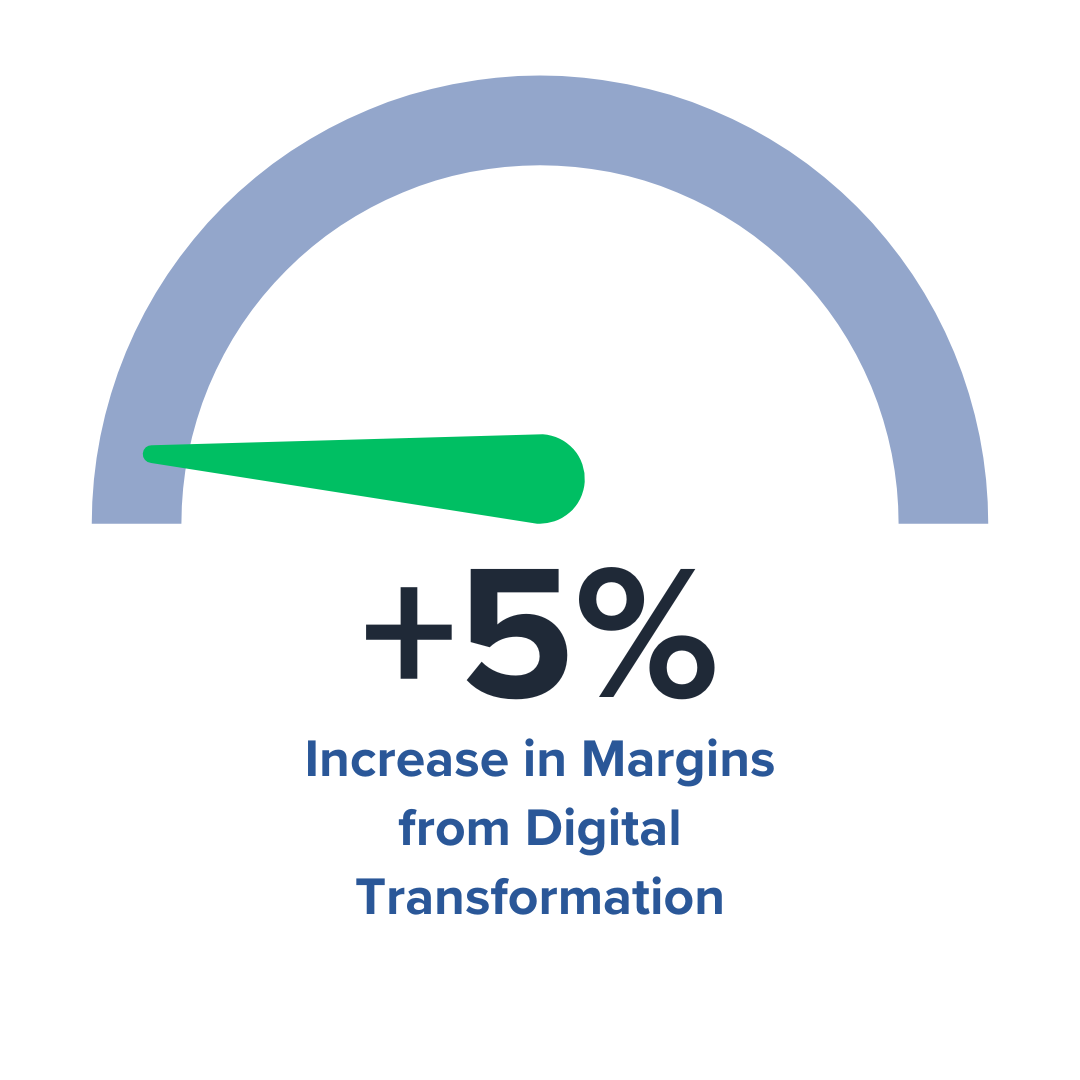
Healthcare organisations that harness digital transformation, could boost margins up to 5%.
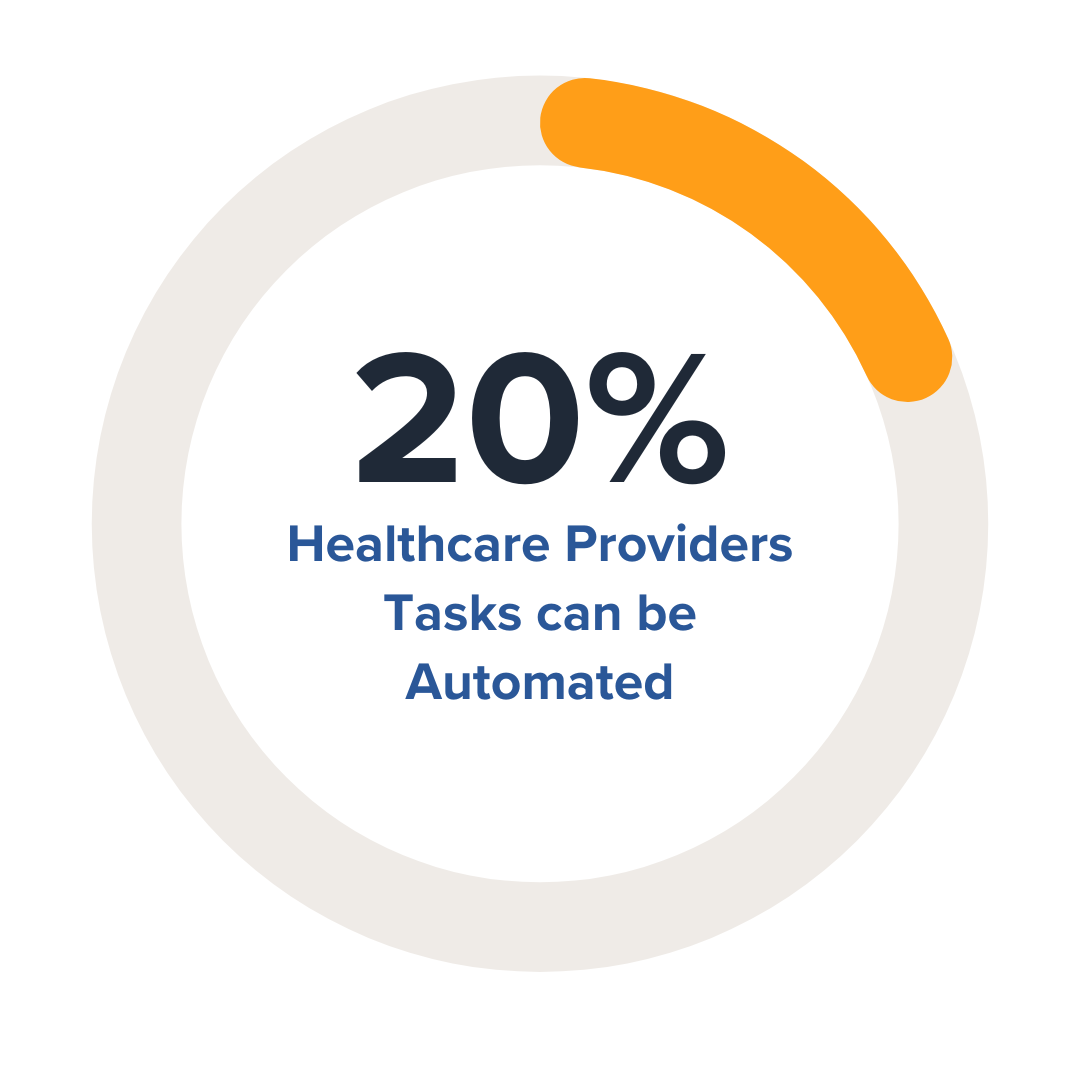
20% of healthcare tasks can be automated, freeing up professionals to focus on more appropriate activities, boosting job satisfaction.
TECHNOLOGY
Microsoft Solutions Partner
OpenSky has been a Microsoft technology partner since 2004, delivering solutions to public & private sectors in Ireland, the UK & the US.
The Microsoft stack of enterprise solutions contains a broad range of innovative technologies which serve the needs of complex enterprises and is one of the most powerful ecosystems to accelerate change and transform business operations.

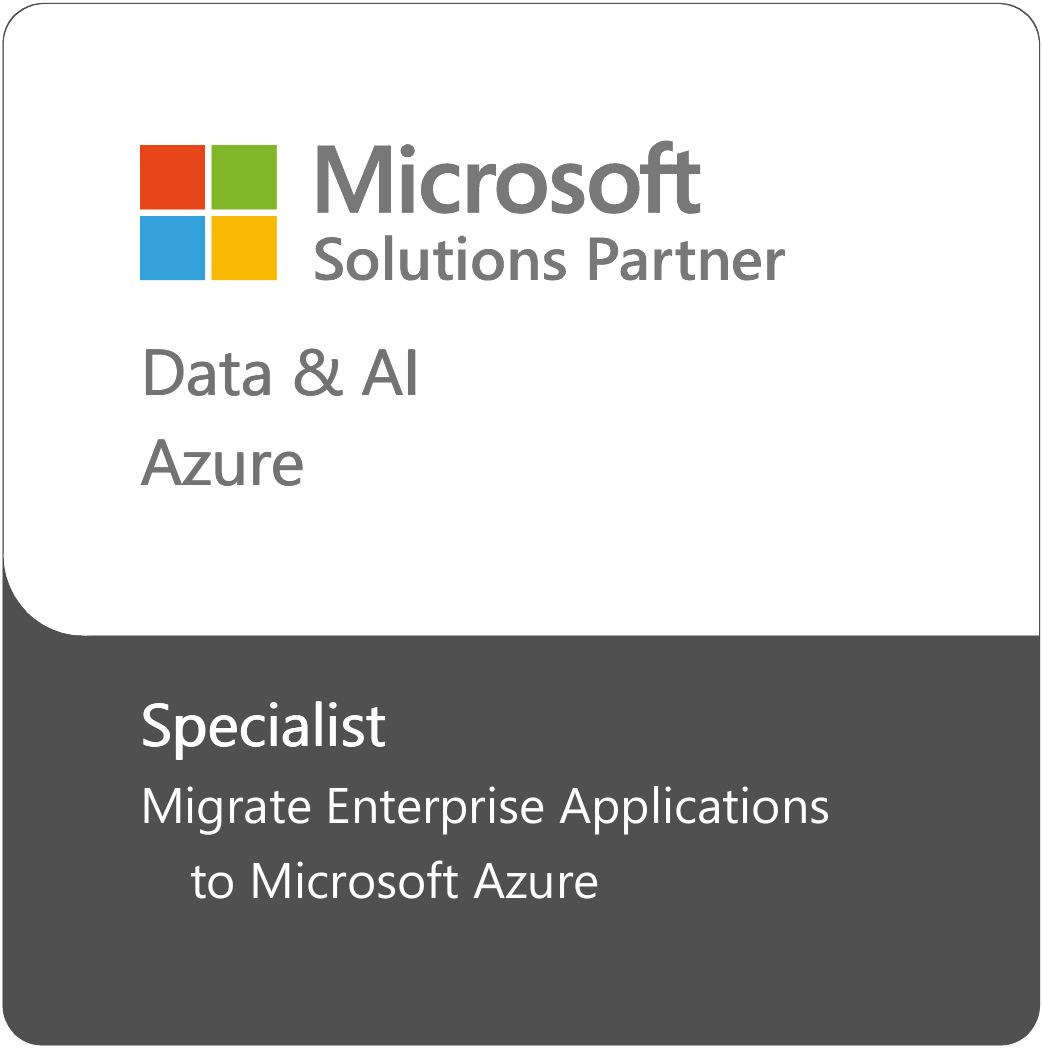
.png?width=1043&height=1048&name=Migrate%20Specialisation%20(1).png)
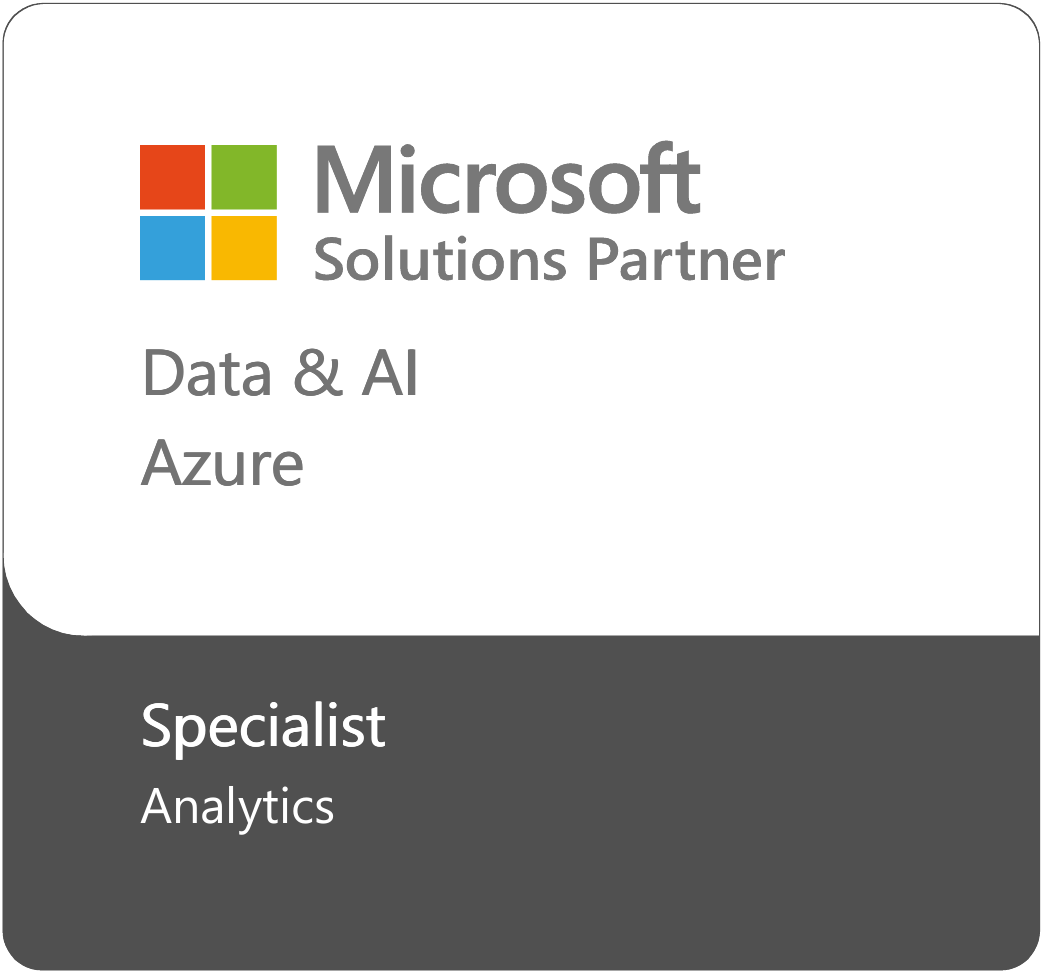
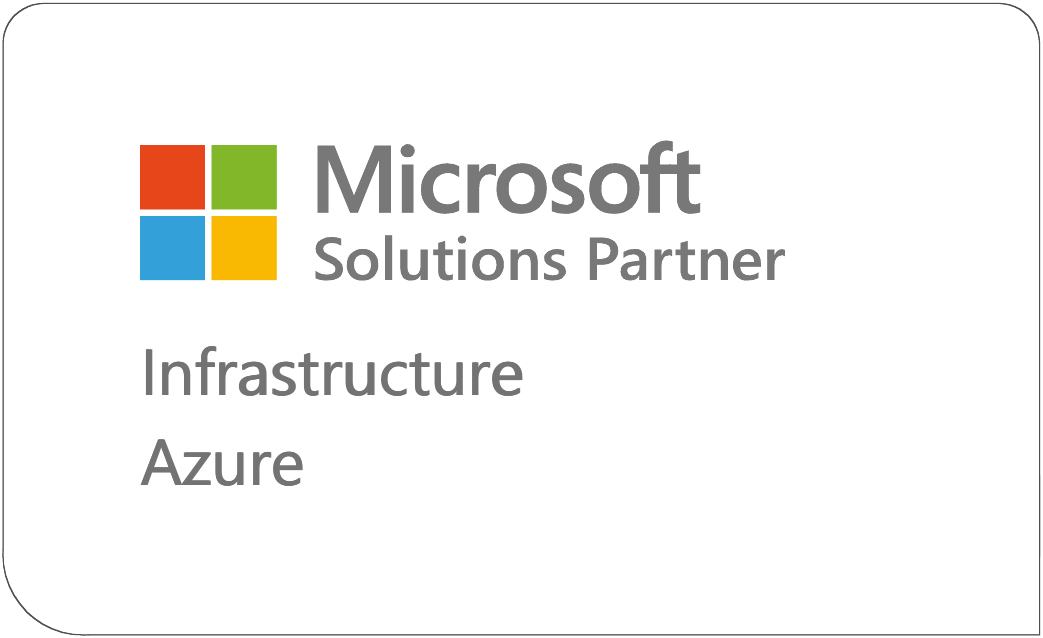
Innovate & Automate With Us
Get insight into developing your transformation strategy, gaining stakeholder buy-in and leading the change in your organisation.
BLOG
Check Out Our Blogs & News
Recent articles from our business & team on solutions we have built, and innovations & technologies we are working with.

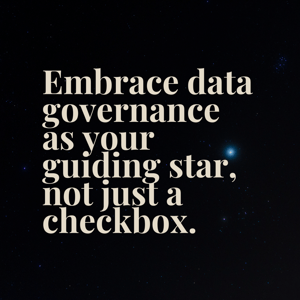
Enterprise Data and AI, Microsoft Fabric
From Policy to Practice: Empowering Senior Leaders to Drive Public Sector Innovation Through Advanced Data Governance
Subscribe to our newsletter
Sed ut perspiciatis unde omnis iste natus error sit volu ptatem acc usantium dolore mque laudantium..

Healthcare, Enterprise Data and AI, Research and Development
The European Health Data Space and eID Integration
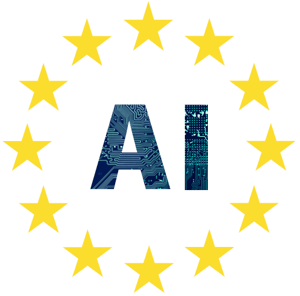
Enterprise Data and AI, Microsoft Fabric
OpenSky and AI Literacy on the European Stage

